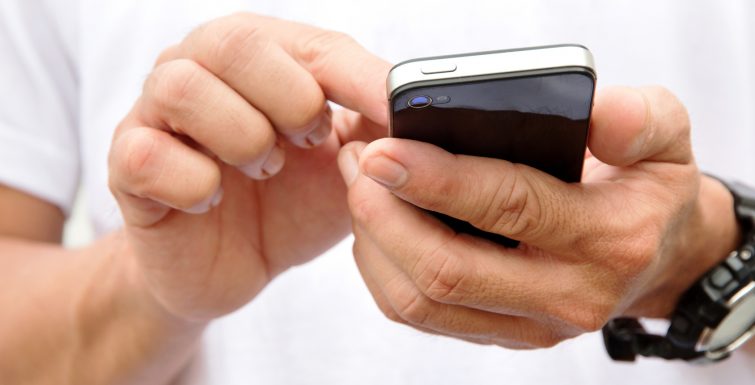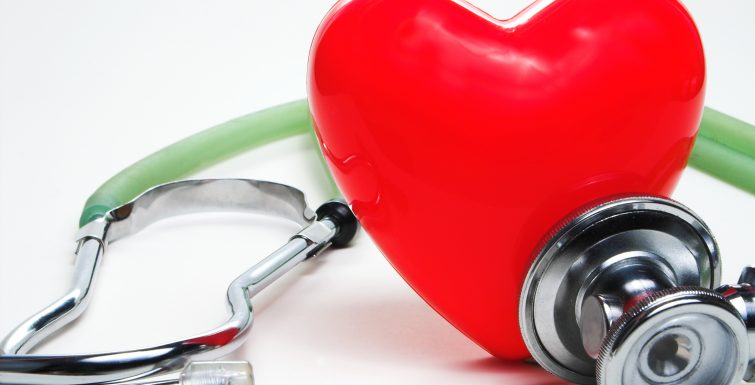Julie Entwistle, MBA, BHSc (OT), BSc (Health / Gerontology)
From when I was a teen I have been highly sensitive to movies, news stories, songs or videos that involve violence (particularly against women). In fact, I avoid movies and shows in general (beyond thoughtless sitcoms or socially interesting reality TV), fearing that I will see (or hear) a bothersome scene. If my screening process fails and I catch something disturbing, I have problems sleeping for days as the images or sounds replay in my mind. In talking to my friend about this, she asked me a pointed question: Do you think you have PTSD?
Her question was referring to her knowledge of my experience as a teenager in 1991: My former elementary classmate Leslie Mahaffy and later Kristen French were both abducted, tortured, sexually assaulted and murdered by the notorious Paul Bernardo and his wife Carla Homolka. Kristen’s body was found near my community. Not long after, Nina de Villier was abducted and murdered after leaving for a run from the tennis club where I played and her brother was my double’s partner. I was part of the search party for Nina in the days of her disappearance and following these tragedies my mother became involved in an organization developed by Nina’s mother Prescilla called “Canadians Against Violence” (CAVEAT). Over the next few years I assisted with the organization at times, meeting many people whose lives were horribly impacted by the tragic loss of a daughter or sister, or who were victimized, stalked and threatened (some ongoing) by men. Now, as a mother of four girls, I recognize that these experiences still foundationally impact how I parent and I try to not let my fears about the safety of my girls restrict them from experiencing the important milestones of growing up.
Whether I have friend-diagnosed PTSD or not, according to the Canadian Mental Health Association, PTSD is a mental illness. It involves exposure to trauma involving death or the threat of death, serious injury, or sexual violence. In general, the traumatic event involves real or threatened physical harm to the self or to others, and causes intense fear, hopelessness, and/or horror. Emotional impairment results due to anxiety, depression, recurrent flashbacks, difficulty sleeping and concentrating, and feelings of guilt of having survived when others may not have (Stats Canada). In the military, one in six are reported to experience PTSD as a result of their service (Learn more from the Globe and Mail).
Occupational therapy, a profession vested in helping people to function safely and independently in their life-roles, is often one of the many health care providers that can assist people to overcome the symptoms associated with PTSD. Problems like anxiety, depression, flashbacks, difficultly sleeping and concentrating, and overcoming feelings of guilt can be tackled through: cognitive and / or behavioral strategies aimed at increasing activity participation slowly over time; by identifying, recording and sharing thoughts and feelings; and through engagement in healing-focused activities. Occupational therapists break down life tasks into smaller and manageable chunks to grade the successful return to meaningful roles. Over time, previously challenging tasks become easier as we help people master the roadblocks that are preventing their successful engagement in function.
However, with something as significant as PTSD, it will be the collaboration of multiple professionals helping the client to overcome their challenges that will have the most impact. Medical doctors, social work, psychology, psychotherapy, even massage, art or yoga therapy can help to provide a holistic approach to helping people move beyond these often crippling experiences. If you have PTSD and this is impacting your ability to do the things you need or want to do, please seek the help of professionals.
As for me, I don’t currently have the goal of wanting to return to watching movies and shows riddled with violence, rape and murder. I personally don’t find that entertaining and actually wonder why other people do. I am not sure I will ever understand, PTSD or not, why people derive pleasure watching (even if simulated) images of people’s horrible mistreatment. So, I will stay in my bubble for now enjoying Modern Family, Survivor and The Amazing Race. However, if my past does start to impact my ability to parent my girls, participate in activities I would otherwise enjoy, or snags my engagement in any other necessary or important area of my life, I will surely reach out for help.













